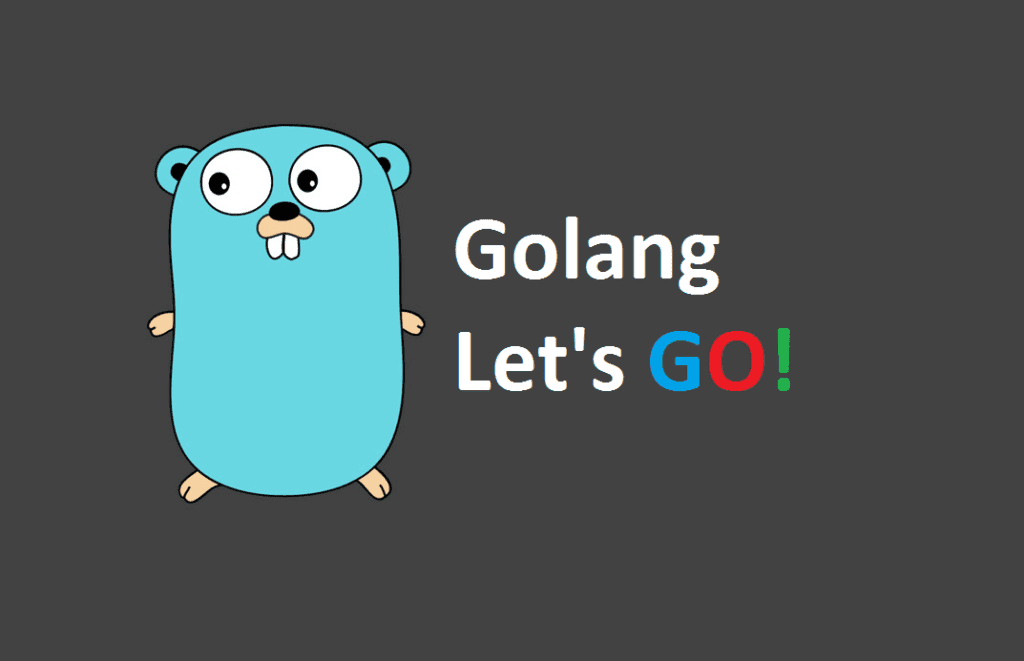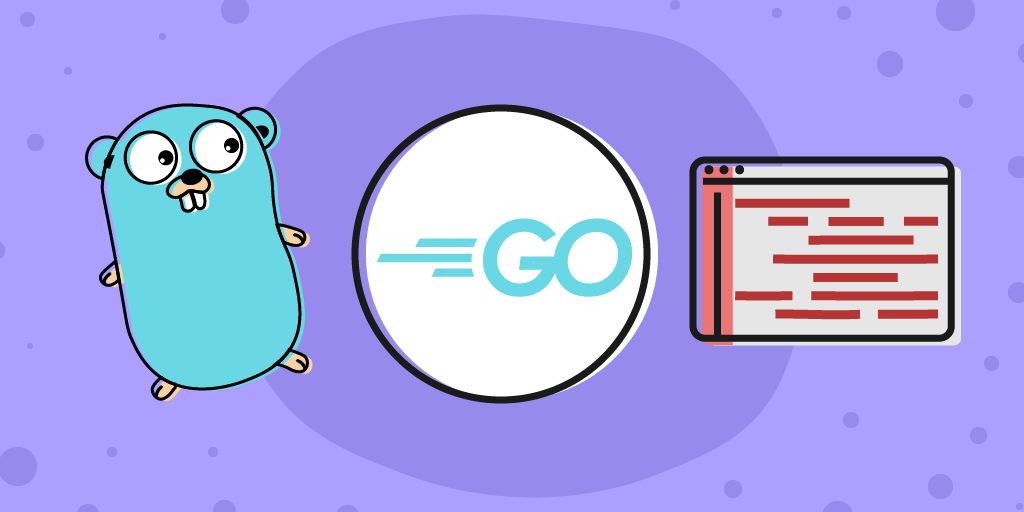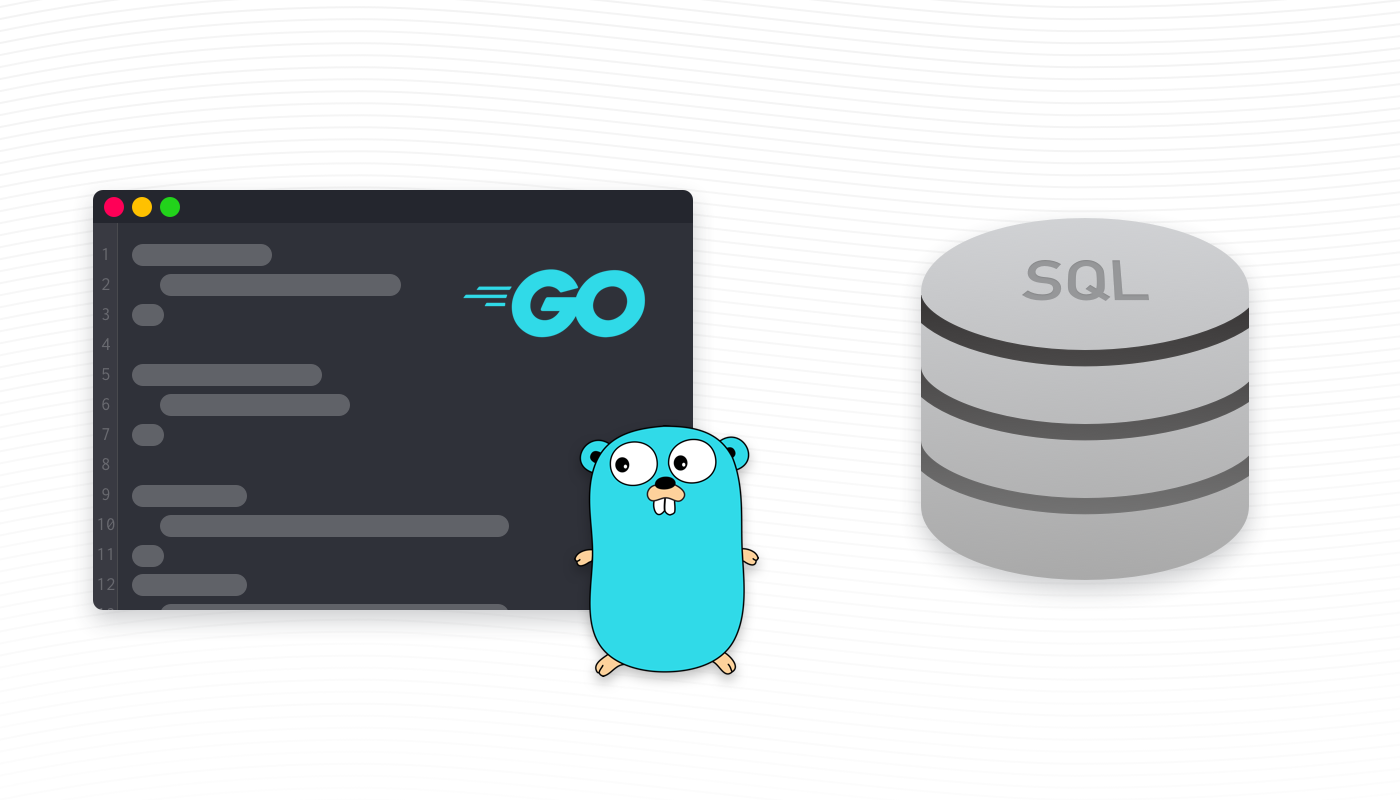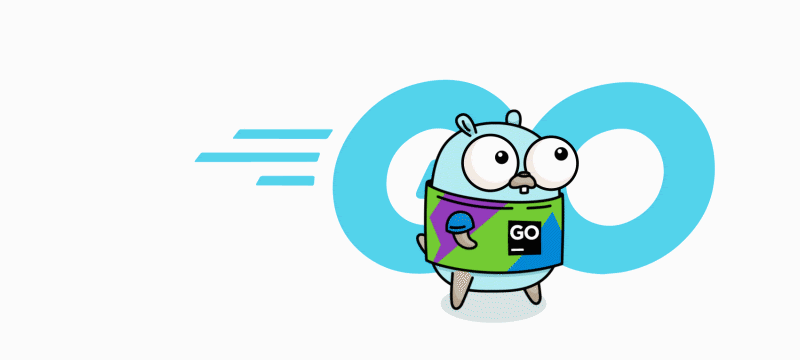With the advancement of web applications, microservices have been an effective recent fad in architecting the application scene. Alongside the headways in application architecture, transport strategy conventions, such as REST and gRPC, improve productivity and speed. Additionally, containerizing microservice applications help significantly in agile development.
Why is it important for Mobile app development company in New York to use Golang?
- Build a microservice and set of other containerized administrations which will have a quite certain arrangement of autonomous assignments and will be connected distinctly with the particular intelligent segment.
- Use go-unit as the system for creating and organizing the segments of each help.
- Build APIs that will utilize HTTP (REST) and Protobuf (gRPC) as the vehicle components, PostgreSQL for databases lastly convey it on Azure stack for API the board and CI/CD.
Key Reasons Develop in Golang

Notwithstanding being a moderately new language (delivered in 2009 by Google), Golang has numerous benefits accessible to designers directly out of the container. Projects composed on Go can oppose weighty burdens that permit engineers to fabricate applications with stacked administrations. Golang is unmistakably fit to create web applications and multiprocessor systems and coordinates with GIT to oversee conveyed bundles without any problem.
Microservices architecture has autonomous segments, which carry out business capacities. A reasonable division by modules empowers microservices architecture to get the steady conveyance of huge and confounded applications. Since Golang development services have acquired notoriety, its utilization for the development of microservices is legitimized.
Regularly, microservices development is received for scaling an application. Golang is entirely appropriate for this reason too. It depends on C-family programming languages, so parts written in Go will be simpler to associate with segments written in different languages from a similar family.
Go is substantially more effective than C/C++, yet it keeps the punctuation of the code as straightforward as Ruby and Python. Contrasted with Swift, Go’s grammar is very steady. From the main public delivery 1.0, in 2012, it didn’t change a lot. This makes it in reverse viable, which is an extraordinary benefit among other programming languages. Microservices written in Go are likewise productive with regards to the business side of making software. It assists organizations with setting aside HR and cash.
Go’s Performance

Go contrasts from other programming languages with its quick presentation and consistent operation. As proof, it is the accompanying benchmark, where Golang’s presentation is a lot more noteworthy than the exhibition of Python or Java. It is simply lower to C and C ++ language, making it a cutthroat language for creating applications dependent on microservices. It has commonplace “microservice” responsibilities – serving HTTP/RPC and a garbage man that adds to Golang’s exhibition.
Exchanging between goroutines happens just at characterized focuses, while numerous goroutines are increased into one stream of the working system. This permits goroutines to make and efficiently switch between one another since there are many in one string, not in various ones. In Golang, any goroutine doesn’t impede others; in this manner, there is no requirement for callbacks.
Read more: Top Golang Web Frameworks For Developers in 2021
Confirmation Service:
The application should have a job based and client-based admittance control instrument. This help will validate the client as per its particular job and return HTTP status codes: 200 when the client is approved and 401 for unapproved clients.
APIs:
-> /client/access, Method: GET, Secured: True, payload: client: <name></name>
It will take the client name as info, and the auth service will return the jobs, and the advantages doled out to it.
-> /validate, Method: GET, Secured: True, payload: client: <name>, operation: <op></op></name>
It will validate the client with the passed operation if it is open for the job.
-> /healthz, Method: GET, Secured: True
It will return the situation with assistance.
Database Service:

We will require databases for our application to store the client, their jobs and the entrance advantages to that job. Likewise, the archives will be put away in the database without the authentication. It is a necessity that any record can’t have authentication at the hour of creation.
We will utilize two databases for two different services for them to be devoured. However, this plan isn’t required to follow the “Single Database per Service” rule under the microservice architecture.
APIs:
-> /get, Method: GET, Secured: True, payload: channels: []filter{“field-name”: “value”}
It will return the rundown of reports as indicated by the particular channels passed.
-> /update, Method: POST, Secured: True, payload: “Title”: <id>, report: {“field”: “esteem”, …}</id>
It will refresh the record for the given title id.
-> /add, Method: POST, Secured: True, payload: report: {“field”: “esteem”, …}
It will add the report and return the title-ID
-> /eliminate Method: POST, Secured: True, payload: title: <id></id>
It will eliminate the archive passage as indicated by the passed title-id
->/healthz, Method: GET, Secured: True
Authentication Service:

This is the immediate help that will play out the API calls to authentication the passing record. Each time a client needs to authenticate a record, it needs to pass the TicketID in the authentication API demand alongside the fitting Mark. It will attempt to call the database Update API inside with the gave solicitation and returns the situation with the authentication cycle, which will be at first “Began”, at that point in some time the status will be “InProgress”, and if the call was legitimate, the status would be “Done”, or “Mistake”, if the solicitation isn’t substantial.
APIs:
-> /get, Method: GET, Secured: True, payload: channels: []filter{“field-name”: “value”}
It will return the rundown of records as per the particular channels passed.
-> /status, Method: GET, Secured: True, payload: “Ticket”: <id></id>
It will return the situation with the record for authentication operation for the passed ticket-id
-> /addDocument, Method: POST, Secured: True, payload: archive: {“field”: “esteem”, …}
It will add the report and return the title-ID
-> /authentication, Method: POST, Secured: True, payload: title: <id>, mark: “string”</id>
It is the primary authentication operation API that will acknowledge the imprint string.
-> /healthz, Method: GET, Secured: True
It will return the situation with assistance.
Operations and Flow:

Authentication Service APIs are the ones that the client/entertainer will utilize to demand authentication or add the report. Verification and Database service APIs are the private ones that will be called by different administrations inside. The solitary URL available to the client is the API Gateway URL.
- The client will get to the API Gateway URL with the necessary client name, the ticket-id and the imprint with which the client needs the report to apply authentication
- The client ought not to think about the confirmation or database administrations
- Once the client makes the solicitation, it will be acknowledged by the API Gateway. The passage will approve the solicitation alongside the payload
- An API sending rule of arranging the traffic of a particular solicitation to assistance should be characterized in the door. The solicitation, when approved, will be sent to the assistance as per that standard.
- The approval service will check for the client from which the solicitation has been made into the client database and its jobs and consents.
- Once the solicitation has been approved by the assistance; it will be sent back to the genuine authentication administration
- The authentication service at that point plays out the suitable operation of putting the authentication on the archive or add another passage of the record or some other solicitation
- The operation from the authentication service of getting, Authentication or AddDocument will be performed by calling the database CRUD APIs and sent to the client
- If the solicitation is to AddDocument, then the help should return the “TicketID”, or if it is for the authentication, it should return the situation with the operation
To Conclude
Golang guarantees high performance, similar to C/C ++, gives highly effective simultaneous handling like Java, and has clear meaningfulness like Python, Perl, and Erlang. Golang is intended to perform highly stacked systems, utilizing the architecture of multiprocessor systems at 100%. Consequently, numerous organizations relocate to Go from different languages and plan effective software applying microservices architecture.

